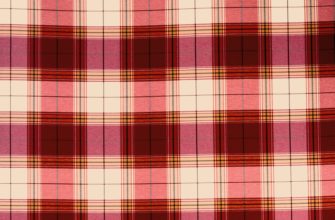Impregnation for clothes will be indispensable for those people who are engaged in active tourism or work in factories. It not only repels water, but can also prevent dirt and chemicals from penetrating deep into the products. This article discusses what water-repellent impregnation for clothes is and how to make fabric waterproof at home.
- How water repellents work
- Types of water repellents
- Water-based impregnations
- Casein based impregnation
- Classification of water-repellent impregnations by degree of protection
- Impregnations for membrane fabrics
- Best Brands of Water Repellent Sprays
- The best water-repellent impregnations for shoes
- How to choose and what is it - water impregnation
- Features of the use of water repellents
- Pros and cons of using
How water repellents work
First, you need to understand what surfaces can be exposed to moisture:
- Hydrophilic. In this case, water spreads over the fabric, covering the largest possible area;
- Hydrophobic. When liquid gets on it, it does not spread, but takes on a spherical shape. Because of this, less water is absorbed.
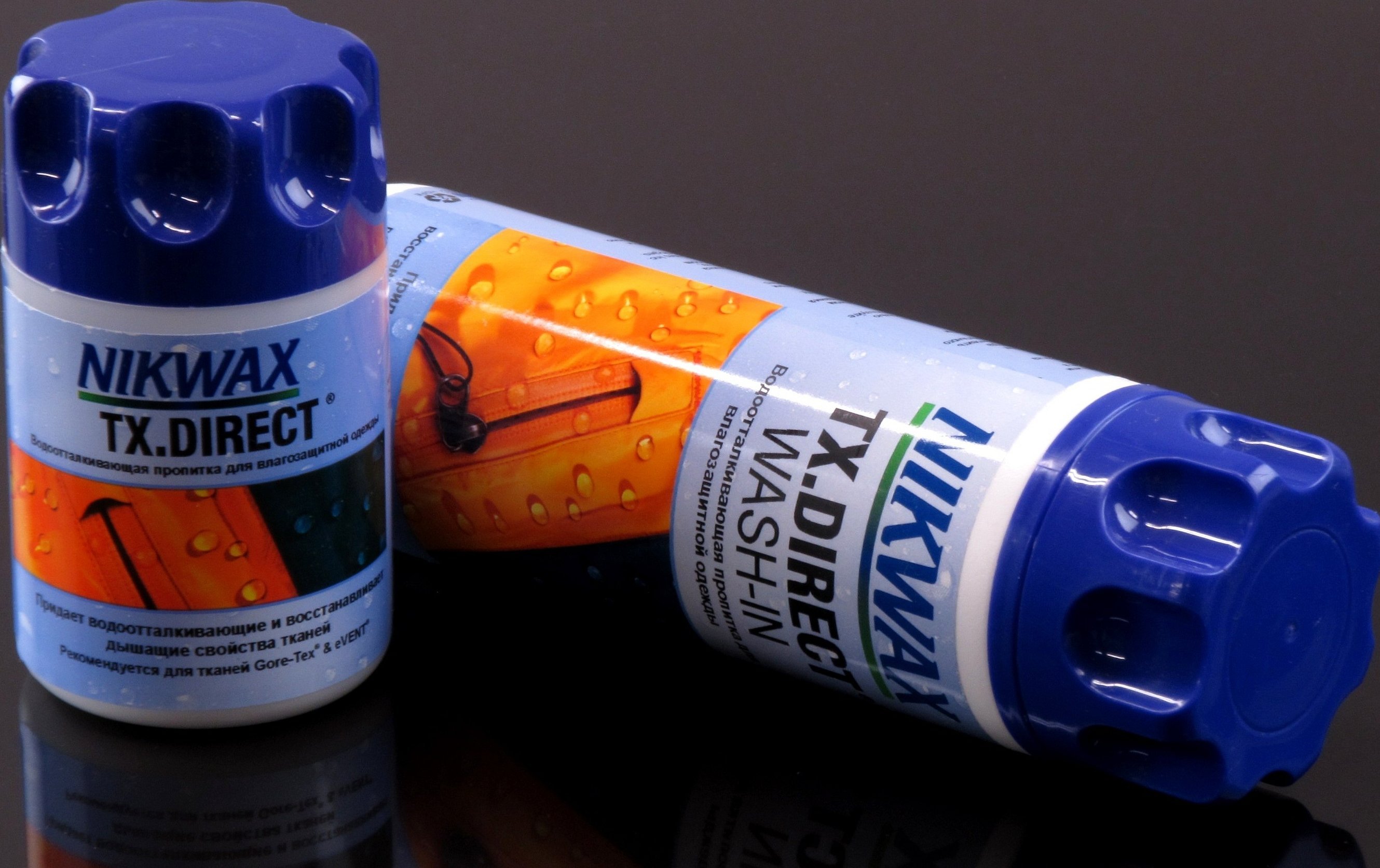
If we are talking about leather or suede fabrics, then they will be classified as hydrophilic and porous surfaces.
The pores completely absorb moisture, so shoes should always be treated with special solutions.
If you use inexpensive water repellents, they will produce a regular water-repellent film. Because of it, the pores of the shoe are filled, and the person's foot does not "breathe".
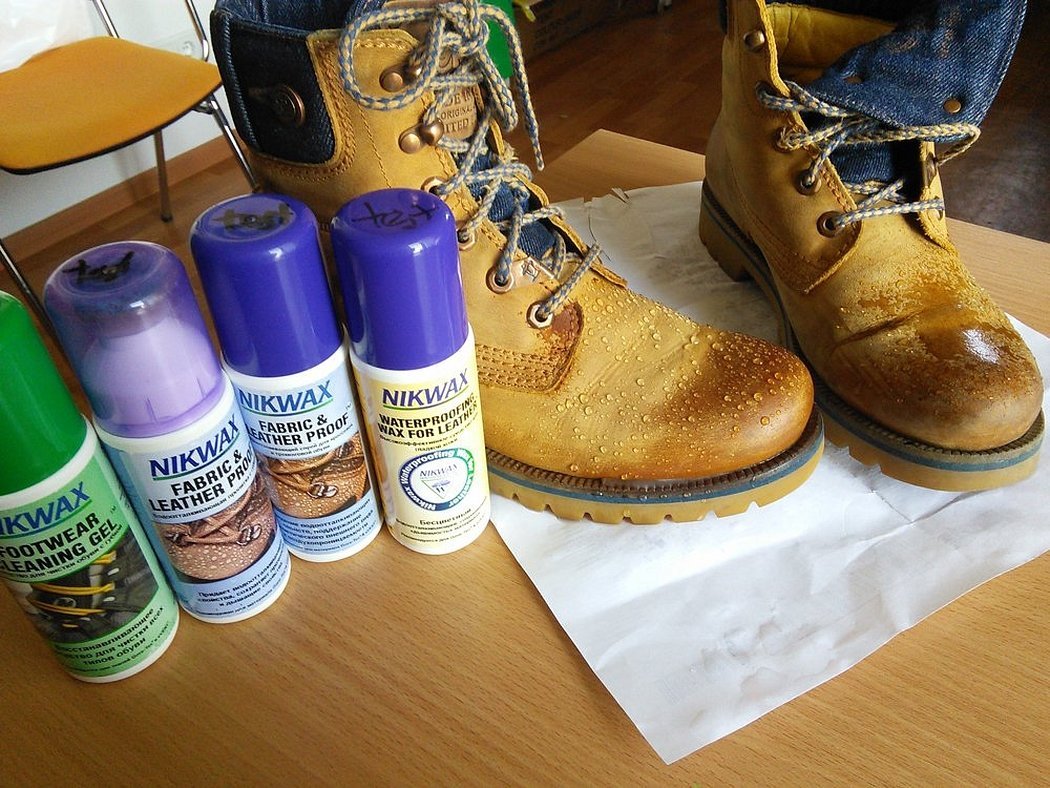
Therefore, it is advisable to buy a more expensive hydrophobic aerosol, which will cover each pore with a protective film, narrowing its size, but not blocking the air in the shoe.
Types of water repellents
They can be made on different bases. Several types are described below.
Water-based impregnations
It is mainly produced as an emulsion. It is very easy to use, you just need to spray it on dry shoes.
Attention! The water impregnation does not contain any hazardous substances and has no pungent odor.
Casein based impregnation
This solution consists of different fats and contains casein. Its advantage is that it seals fabrics of any density. With such properties, it is perfect for treating tourist tents, bags and equipment.
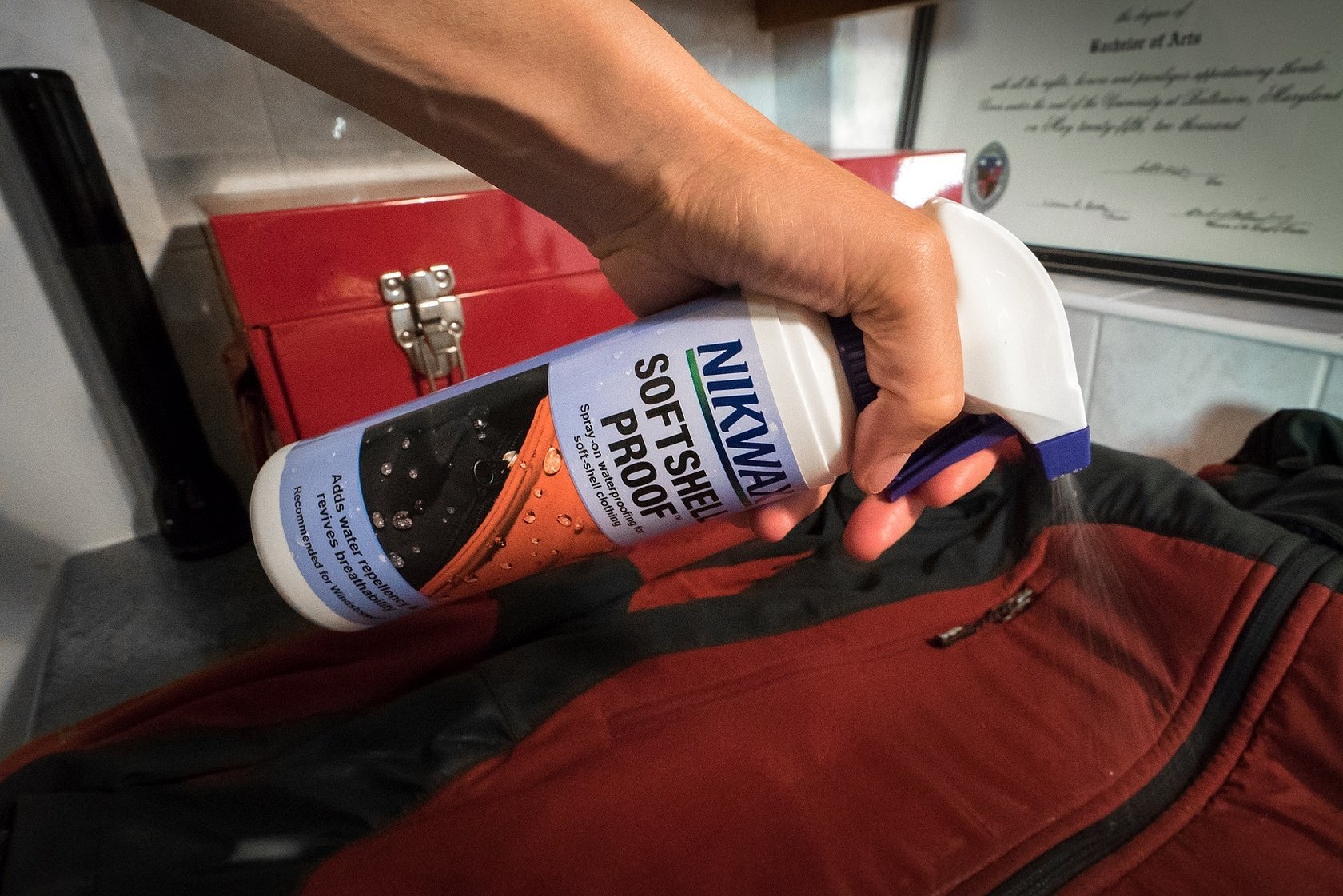
Attention! Before work, it is necessary to degrease the surface of the product. Otherwise, the impregnation will not protect fully.
To understand how to make fabric waterproof at home, you need to look at various forums on the Internet. The most popular and oldest option is to coat the product with a composition that contains fish glue. This must be done very carefully so as not to get it on unnecessary areas of the fabric and on your hands.
Classification of water-repellent impregnations by degree of protection
The compositions are divided not only by purpose, but also by resistance to washing. These properties have designations (WR, DWR or SDWR) and indicate how many washes the product can survive.
The values used relate mainly to factory techniques for applying water-repellent impregnations. The designation of the treatment at the factory can be read on the label.
WR (Water Repellent) — 4/75. Quite weak resistance. After 6 washes, it loses about 70% of its properties.
DWR (Durable Water Repellent) — 15/75–10/80. Average resistance. Applied to almost all membrane fabrics. After 15 washes retains 80% of properties.
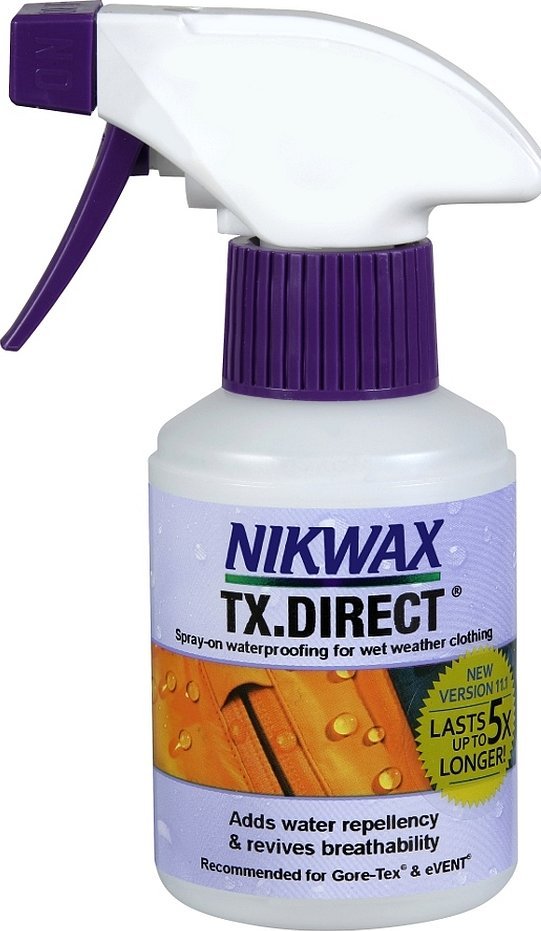
SDWR — 55/75–100/80. Increased durability. Used in VIP-level clothing, retains properties after 20 washes.
Impregnations for membrane fabrics
Before processing, it is necessary to remove all dirt from the product; if the clothes are just from the machine, then there is no need to dry them.
- If the substance is in the form of a spray, it should be applied to the jacket and left until completely dry. There is only one drawback, uneven spraying of the solution.
- The second method of processing membrane fabrics is to rinse them in a special solution. This can be done in a washing machine or in a basin.
Best Brands of Water Repellent Sprays
Below are the TOP 4 products for impregnating clothes.

| Place | Name | |
| 1 | Salamander Universal | The most popular spray |
| 2 | DryCar | Water-based, has a low price. |
| 3 | Trekko Project | Designed for impregnating sports suits. |
| 4 | Antilig Membrane | Water-repellent impregnation for down jackets |
The best water-repellent impregnations for shoes
| Place | Name | |
| 1 | Sapphire Nano Project | Nanotechnology based spray |
| 2 | Solmat Ultra | Suitable for colored suede shoes |
| 3 | ShueExpert | For all-season footwear |
| 4 | Divax | One of the universal compositions |
How to choose and what is it - water impregnation
When purchasing the impregnations presented above, you need to pay attention to some nuances:
- To care for suede items, it is advisable to purchase Salamander Universal;
- Trekko Project will handle protection from water and dirt;
- For smooth leather items, it is better to use Aqua Proof;
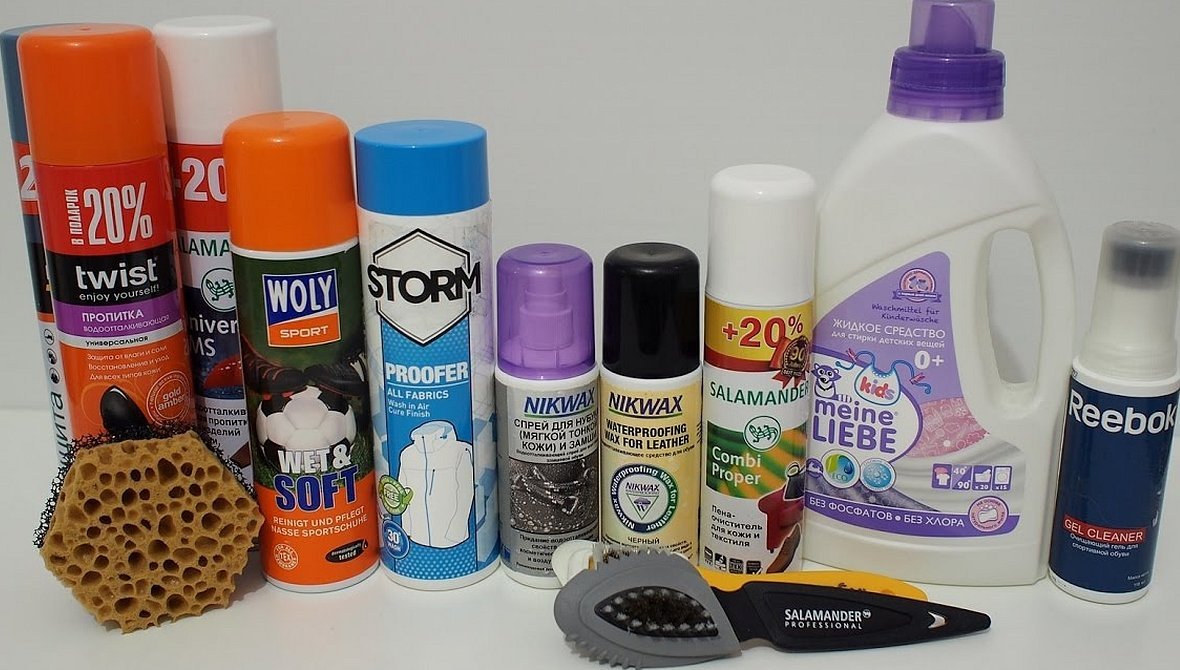
- To protect fabrics from water, it is also recommended to buy Salamander Universal;
- For treating clothes and shoes made of velour, it is better to use Taraggo Nano Project;
- Sapphire Nano Project is more suitable for the winter season.
Features of the use of water repellents
Attention! Sometimes, when processing fabrics, the shade may change. It is advisable to conduct an experimental impregnation of a small area of the product in advance - to assess the reaction.
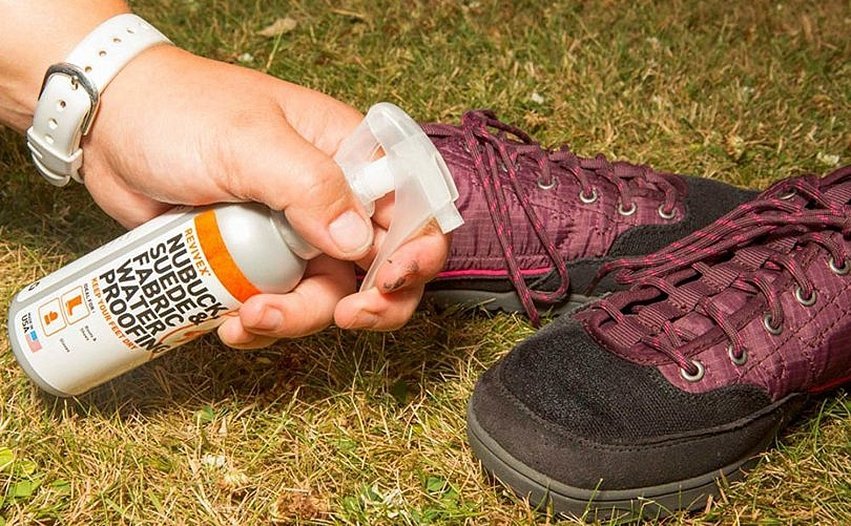
Before treatment, the solution must be shaken vigorously for a minute so that the active components are evenly distributed throughout the bottle.
Carefully spray the product onto the item. The entire surface of the shoe or clothing must be treated.
After applying the impregnation to the product, you need to leave it for a day to dry. The product will dry out in half an hour, but inside you need to let the components penetrate deep into the fabric. Therefore, you cannot touch it for at least 15 hours.
Pros and cons of using
Advantages:
- The fabric after treatment dries quite quickly after rain;
- No ice appears;
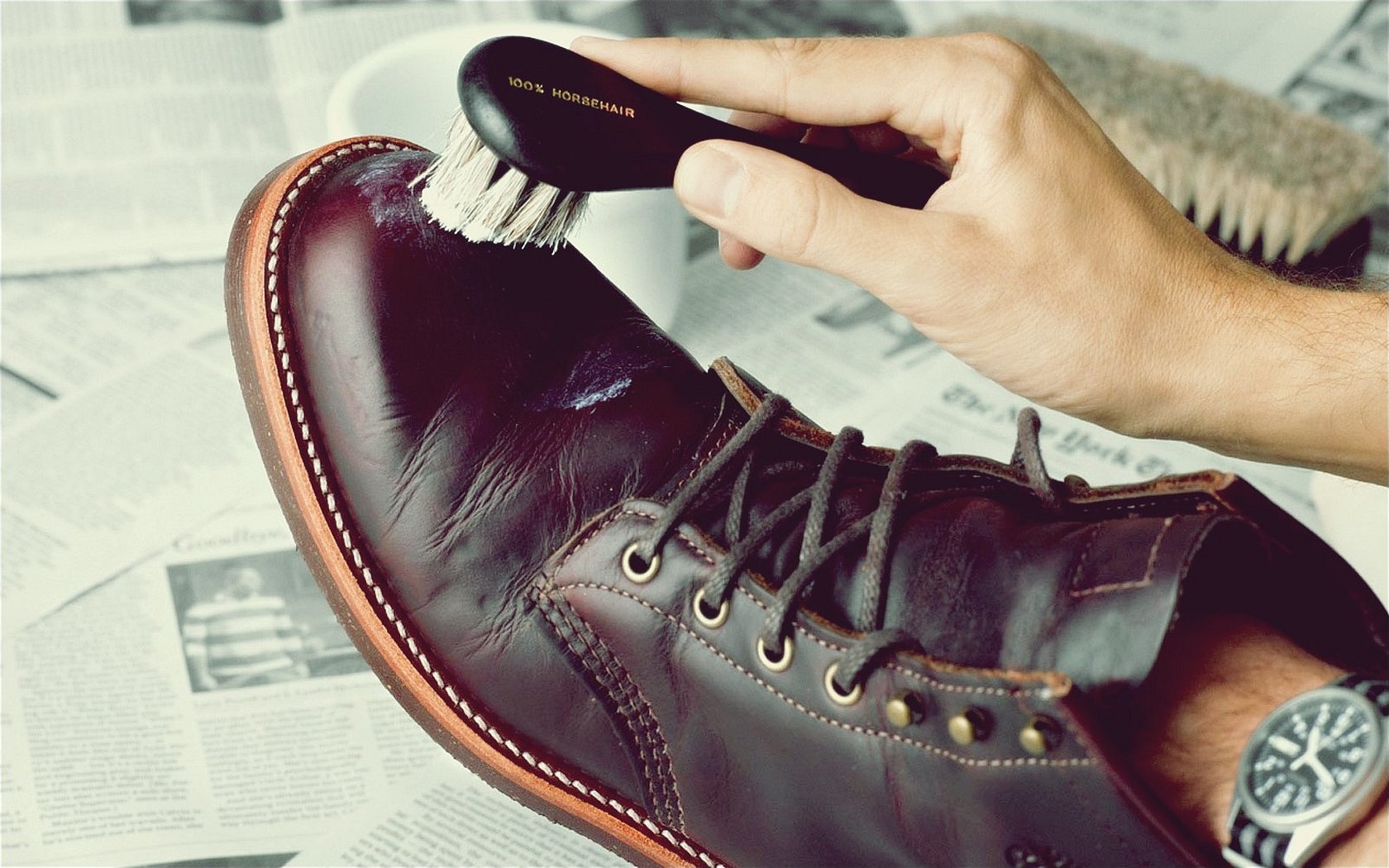
- After several washes, the original appearance is preserved;
- No fungi appear on the fabric;
- The product breathes;
- The service life of materials is increased;
- Increases frost resistance and thermal insulation;
- Easy technique for applying impregnation.
There are actually almost no disadvantages:
- Hydrophobization is not very popular;
- The small thickness of the film helps unscrupulous manufacturers to reduce the concentration of the water repellent composition, earning additional money.
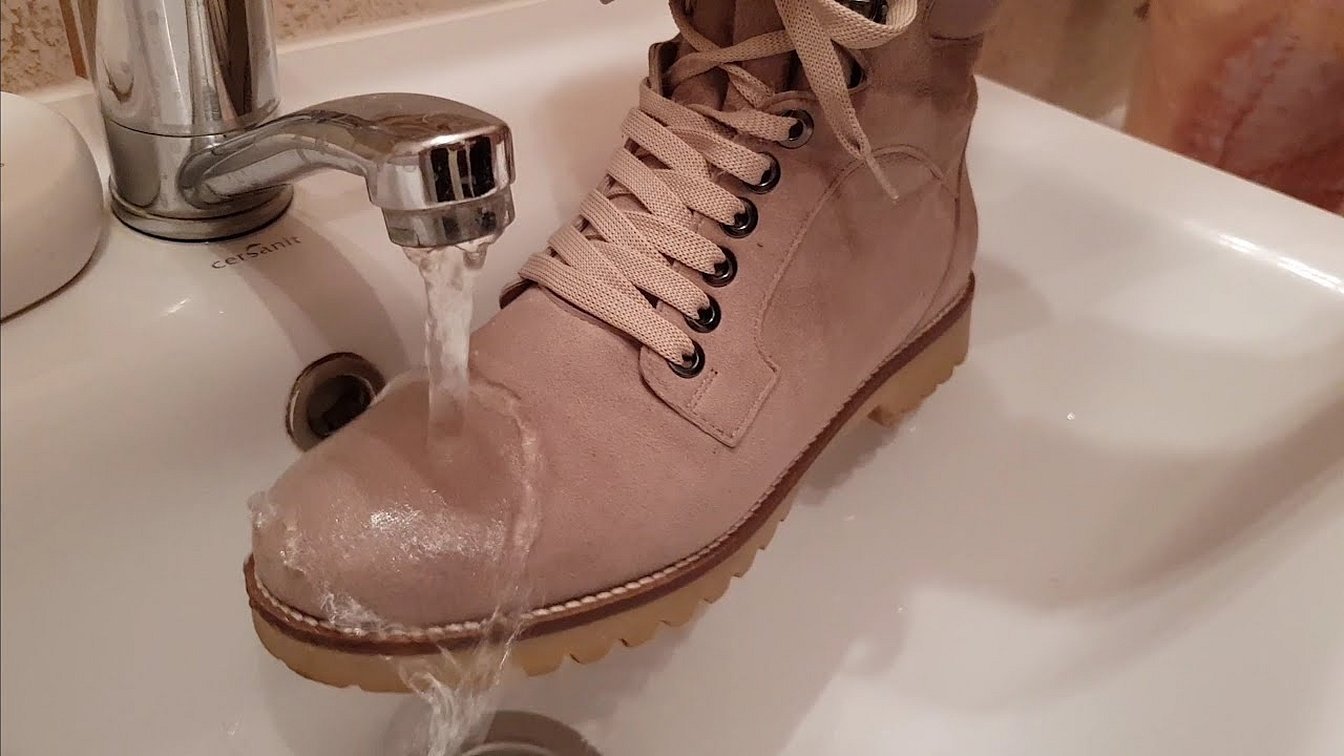
There are currently many different impregnations for clothing, footwear and equipment. It is important to choose the right solution for each material. Water-repellent impregnation for fabric can be either water-based or silicone-based. You cannot buy sprays from unknown companies, as they may contain hazardous substances, such as ammonia.
Many manufacturers try to make cheap compositions, saving money, but harming their consumers. Before buying, you should always read the composition and look at the expiration dates, and it is also advisable to consult with the seller so that he can recommend higher-quality manufacturers.




